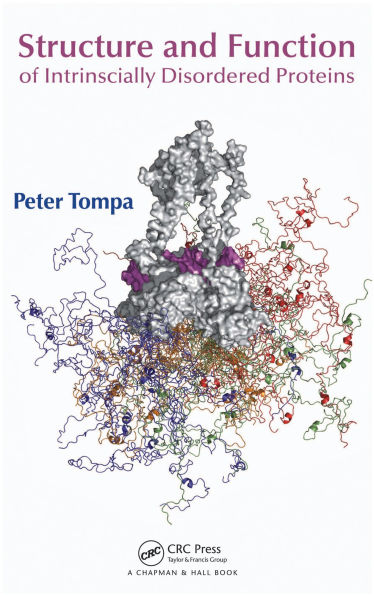Structure and Function of Intrinsically Disordered Proteins
The existence and functioning of intrinsically disordered proteins (IDPs) challenge the classical structure-function paradigm that equates function with a well-defined 3D structure. Uncovering the disordered complement of proteomes and understanding their functioning can extend the structure-function paradigm to herald new breakthroughs in drug dev
1101547109
Structure and Function of Intrinsically Disordered Proteins
The existence and functioning of intrinsically disordered proteins (IDPs) challenge the classical structure-function paradigm that equates function with a well-defined 3D structure. Uncovering the disordered complement of proteomes and understanding their functioning can extend the structure-function paradigm to herald new breakthroughs in drug dev
240.0
In Stock
5
1

Structure and Function of Intrinsically Disordered Proteins
359
Structure and Function of Intrinsically Disordered Proteins
359
240.0
In Stock

Product Details
| ISBN-13: | 9781040179352 |
|---|---|
| Publisher: | CRC Press |
| Publication date: | 11/18/2009 |
| Sold by: | Barnes & Noble |
| Format: | eBook |
| Pages: | 359 |
| File size: | 8 MB |
About the Author
From the B&N Reads Blog
